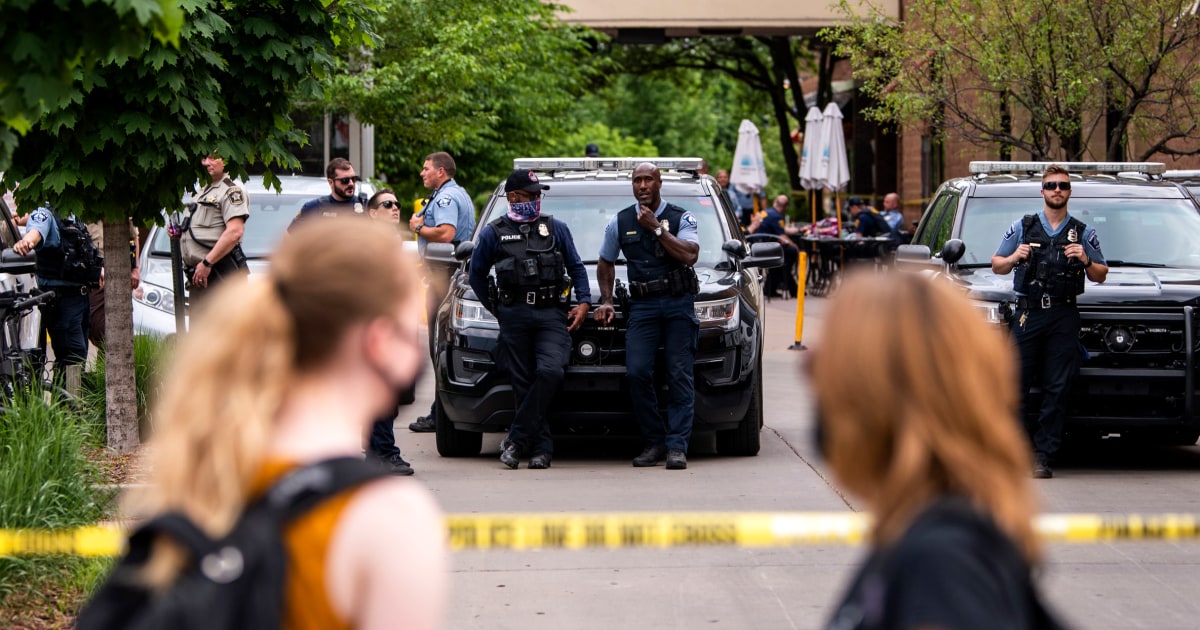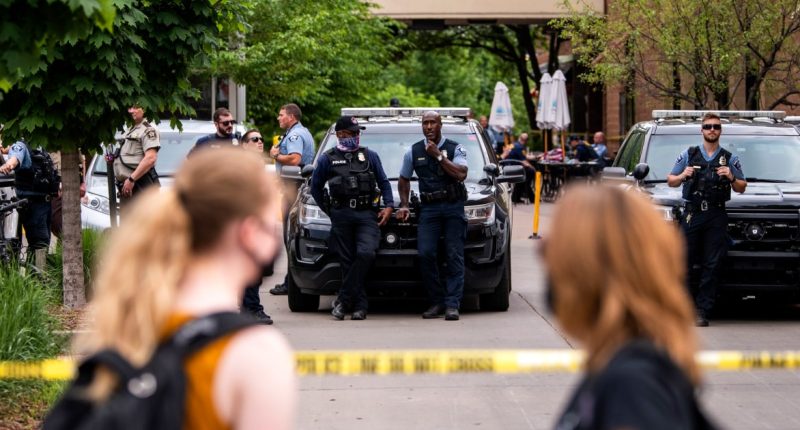
Officers with the U.S. Marshals Service were involved in nearly 150 shootings from 2019 to 2021, according to the agency’s first public review of shooting incidents by its officers.
The review, released Tuesday, comes after Marshals Service Director Ronald Davis ordered an internal audit of all incidents in which any of its nearly 4,000 deputies and more than 3,500 task force officers intentionally fired their weapon at someone.
Davis ordered the review several months after taking over the Marshals Service in 2021. He was tapped after serving as the executive director of the President’s Task Force on 21st Century Policing, which proposed dozens of local police reforms in the wake of protests sparked by Michael Brown’s 2014 death in Ferguson, Missouri.
“The publicly released information reflects USMS’ commitment to transparency and communication with the American public about steps USMS is taking to learn from past operations,” said a spokesperson for the Marshals Service.
More than 250 deputy Marshals and task force officers — local or state law enforcement agents deputized to serve on over 50 task forces — fired their weapons in the 147 shootings, according to the report. The shootings largely occurred during the execution of warrants, nearly 80% of which were for individuals accused of committing violent felonies or felony drug offenses. Seventy-five percent of the officers who shot at suspects said they believed that the individual they were pursuing had a firearm.
The report also included the number of “gunshot wounds sustained” by officers (13); the number of other injuries (6); and the number of officer deaths (1). The report did not disclose the number of people who were injured or killed by the Marshals. A spokesperson said not all of the 147 shootings led to fatalities or injuries.
Some former Department of Justice officials commended the report’s release and said it increased the amount of publicly available information about shootings. But they said more details were needed to fully understand and learn whether U.S. Marshals have a pattern of using excessive force.
“This level of data that we got is the most basic in this report,” said Jonathan M. Smith, a former section chief in the DOJ’s civil rights division, which investigates police misconduct. He called the lack of information about deaths “a serious omission.”
“It doesn’t go beyond just some very raw numbers that are difficult to interpret without more information,” he added, noting that other federal law enforcement agencies often release even less information about shootings than the Marshals did in this report. “We would never tolerate that from a local law enforcement agency.”
Unlike federal law enforcement agencies, local police departments are often compelled by state and local law to publish detailed use-of-force data. At the federal level, the most similar agency-specific data comes from yearly Justice Department reports on the number of deaths of individuals in the custody of, or related to arrests by, federal law enforcement agencies.
In more than half of the incidents in Tuesday’s report, it was task force officers, not Marshals, who fired. In roughly a quarter of them, a Marshals deputy was not even present. Local police officers serving on a task force have the same powers and legal protections as their federal colleagues.
The Marshals plan to use the data to “develop innovative approaches to potentially reduce the need to use deadly force,” the report said. The agency has already created new tactical training for task force officers to teach them “public safety practices” and “critical thinking and decision making during high-stress encounters.”
According to the report, the agency also plans to review their policies to improve training for officer safety and for vehicle operations, which made up about half of the 147 shootings.
Jason Wojdylo, a retired chief inspector with the Marshals Service, said those plans make him hopeful for more reforms. “If they are serious about the results of this report,” he said, and if the agency takes “the next step to enhance training, to develop policies, to research techniques, it would be a positive result.”
Source: | This article originally belongs to Nbcnews.com










